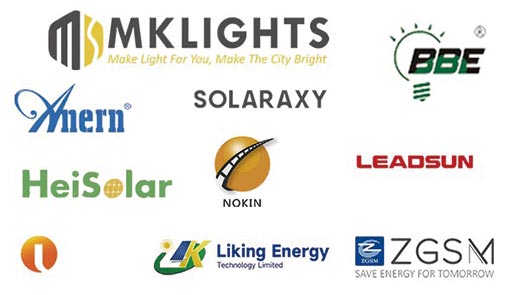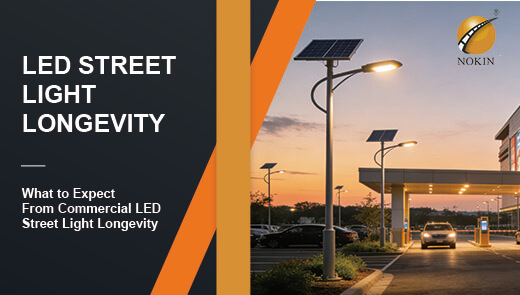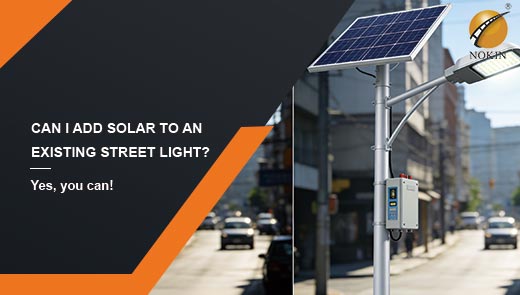How Are African Cities Using Solar Street Lights for Safer Roads?
Road safety issues in African cities are particularly prominent at night. Due to factors such as inadequate lighting and unstable power supply, the incidence of nighttime traffic accidents remains high, posing a serious threat to the lives and property of residents. The emergence of solar street lights has brought new hope for improving this situation. Powered by solar energy, they are not restricted by the power grid and can provide stable lighting for roads. This article aims to explore how African cities are utilizing solar street lights to enhance road safety, including the benefits they bring, the challenges faced during their implementation, and corresponding solutions.
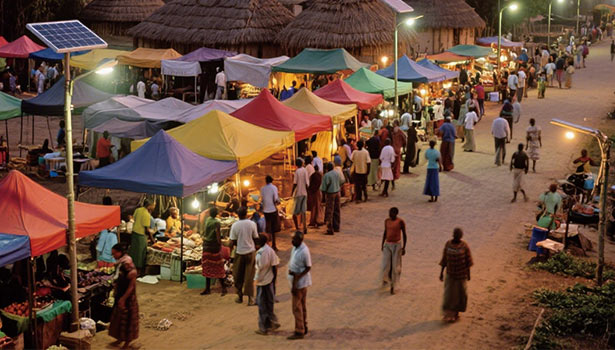
What are the benefits of solar street lights in African urban areas?
Improved visibility and road safety
Unlike traditional street lights, which often fail to function properly due to power outages or unstable power supply, solar street lights provide continuous and stable lighting at night, even in areas with unreliable grid connections. In bustling city centers where pedestrians and vehicles share the road, this improved lighting significantly reduces the risk of accidents.
Additionally, most solar street lights utilize advanced LED technology, offering superior light quality and distribution compared to traditional lighting systems. This enables drivers to more easily identify potential hazards such as pedestrians, cyclists, or obstacles on the road, ultimately creating a safer driving environment for African cities.
Cost-effective and sustainable lighting solution
One of the major advantages of solar street lights in Africa is their cost-effectiveness and sustainability. While the initial installation cost may be higher than traditional lighting systems, solar street lights can save significant expenses in the long run. They do not require expensive grid connection fees or ongoing electricity costs, making them highly attractive to cash-strapped municipal authorities.
Solar energy, as a sustainable resource, aligns closely with Africa's goals of promoting renewable resources and reducing carbon emissions. With abundant sunlight across the continent, cities can reduce their reliance on fossil fuels and create a cleaner, greener future for their residents.
Enhancing security and community well-being
Installing solar street lights in African cities does more than improve road safety; they also play a crucial role in enhancing overall security and community well-being. Well-lit streets effectively deter criminal activity, giving residents a sense of security and encouraging them to participate in outdoor activities even after dark. This enhanced sense of security makes communities more vibrant, promoting nighttime social interaction and economic activity.
Additionally, solar street lights can be equipped with additional features such as closed-circuit television cameras or emergency call buttons to further enhance public safety. By creating safer and more attractive public spaces, solar street lights contribute to improving the overall quality of life for residents in African cities, fostering community cohesion and economic development.
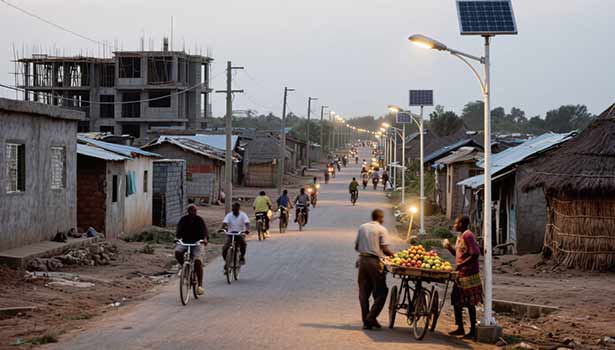
Challenges to overcome for widespread adoption of solar street lights
High initial costs
One of the main obstacles to the widespread adoption of solar street lights is their high initial installation costs. The solar panels, batteries, and advanced sensors required for the system are expensive, making them unaffordable for communities with limited budgets. To enable African communities to fully benefit from solar street lights, governments and relevant organizations need to find ways to reduce costs or provide financial support, such as grants or low-interest loans, to make these lights accessible to all regions.
Maintenance and technical skills
Maintaining solar street lights is no easy task, especially in rural areas where technical expertise is scarce. Once a street light malfunctions or the system experiences operational issues, it may take a significant amount of time to repair. Additionally, the degradation rate of solar lighting—the gradual decline in performance over time—can impact its long-term efficiency. Training local workers in maintenance and repair can address this issue. Developing a local workforce skilled in solar technology can help ensure the proper functioning of street lights and reduce reliance on external experts.
Infrastructure and integration
Many African countries still lack the necessary infrastructure to support the widespread installation of solar street lights. For example, some areas may not have sufficient open space to install solar panels, and integrating solar street lights into existing street networks can also be challenging.
Additionally, the installation of commercial solar parking lot lights may encounter similar issues, such as the need for suitable space and infrastructure to support the solar panels of the street lights. Governments and organizations need to invest in improving infrastructure to facilitate the installation of these street lights. Collaborating with private enterprises can also help address these integration challenges.
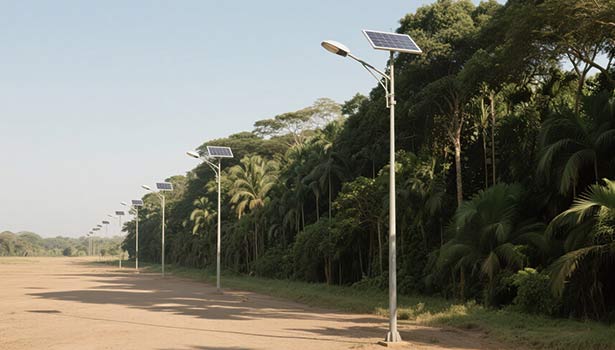
Solutions for promoting solar street lights
Addressing the issue of high initial costs
Governments and relevant organizations should take the lead by establishing a special fund subsidy mechanism to provide targeted support to economically underdeveloped and financially strained regions, ensuring that subsidy funds are allocated precisely. Simultaneously, they should collaborate with financial institutions to introduce low-interest loan policies, setting reasonable repayment terms and interest rates, lowering loan thresholds, and simplifying application processes.
Encourage industry-wide joint procurement initiatives to consolidate order resources and negotiate more favorable prices with suppliers, thereby reducing procurement costs for key components such as solar panels, batteries, and sensors in solar street light systems, and effectively alleviating financial pressures on communities.
Addressing maintenance and technical skill shortages
Organize technical experts from companies to conduct hands-on training in rural areas, imparting practical skills such as fault diagnosis, repair techniques, and daily maintenance tips for street lights to local workers. Establish regional technical service centers with sufficient repair equipment and spare parts, utilizing remote monitoring and fault warning systems to promptly respond to repair requests, ensuring efficient maintenance operations and minimizing downtime.
Addressing infrastructure and integration challenges
The government increases fiscal budget allocations, incorporating solar street light infrastructure construction into urban development plans and rural revitalization strategies. In urban renewal and new road construction projects, pre-plan space for solar panel installation, renovate existing narrow streets, and explore the feasibility of installing panels on building facades and public facility rooftops.
Active platforms for government-enterprise collaboration are being established to attract private enterprises to participate in project investment, technological research and development, and construction and operation. Together, they are addressing integration challenges between solar street lights and existing street networks in areas such as electrical connections, signal transmission, and layout planning, fostering a synergistic and complementary partnership for collaborative advancement.
Future development trends and potential expansion
Technological upgrades and intelligent integration
With the continuous advancement of solar technology, solar street lights in African cities will evolve toward higher efficiency and greater intelligence in the future. For example, the development of more durable photovoltaic cells and energy storage devices will extend the service life and endurance of street lights. The integration of IoT technology will enable remote monitoring and intelligent dimming of street lights, automatically adjusting brightness based on ambient light conditions and pedestrian/vehicle traffic to further reduce energy consumption. Additionally, by integrating additional functions such as 5G base stations and environmental sensors, solar street lights have the potential to become key nodes in smart cities, providing more data support for urban management.
Scalable application and localization of the supply chain
As demand grows and technology matures, the production costs of solar street lights will gradually decrease, creating conditions for scalable application in African cities. Simultaneously, promoting the localization of the solar street light supply chain—such as establishing local factories for solar panels and lighting fixtures in Africa—can reduce reliance on imports and transportation costs, while also stimulating local employment and manufacturing development. This creates a complete local ecosystem encompassing “production-installation-maintenance,” enhancing the sustainability of the project.
Cross-industry integration and diversified application scenarios
In the future, the application scenarios for solar street lights will no longer be limited to streets but may expand into more public spaces. For example, promoting their use in areas such as parks, markets, school surroundings, and rural roads to fill lighting gaps; integrating them with microgrid systems to provide emergency power supply to nearby small public facilities during power outages, thereby enhancing the community's risk-resilience. Additionally, through the “solar street light +” model, such as combining charging stations to charge electric bicycles, further unlocking their economic value and attracting more social capital to participate in investment and construction.
Solar street lights offer a highly valuable solution for addressing nighttime road safety challenges and promoting sustainable development in African cities. Although challenges remain in areas such as initial costs, maintenance technology, and infrastructure integration, these obstacles are being gradually overcome through government guidance, social collaboration, technological empowerment, and localized exploration.
As technology continues to advance, application scales expand, and cross-industry integration deepens, solar street lights will not only serve as the “light of safety” illuminating African city streets but also become a key pillar for revitalizing community vitality, promoting green economies, and building smart cities. They will inject clean, safe, and sustainable momentum into Africa's urbanization process, illuminating the path toward a brighter future.

